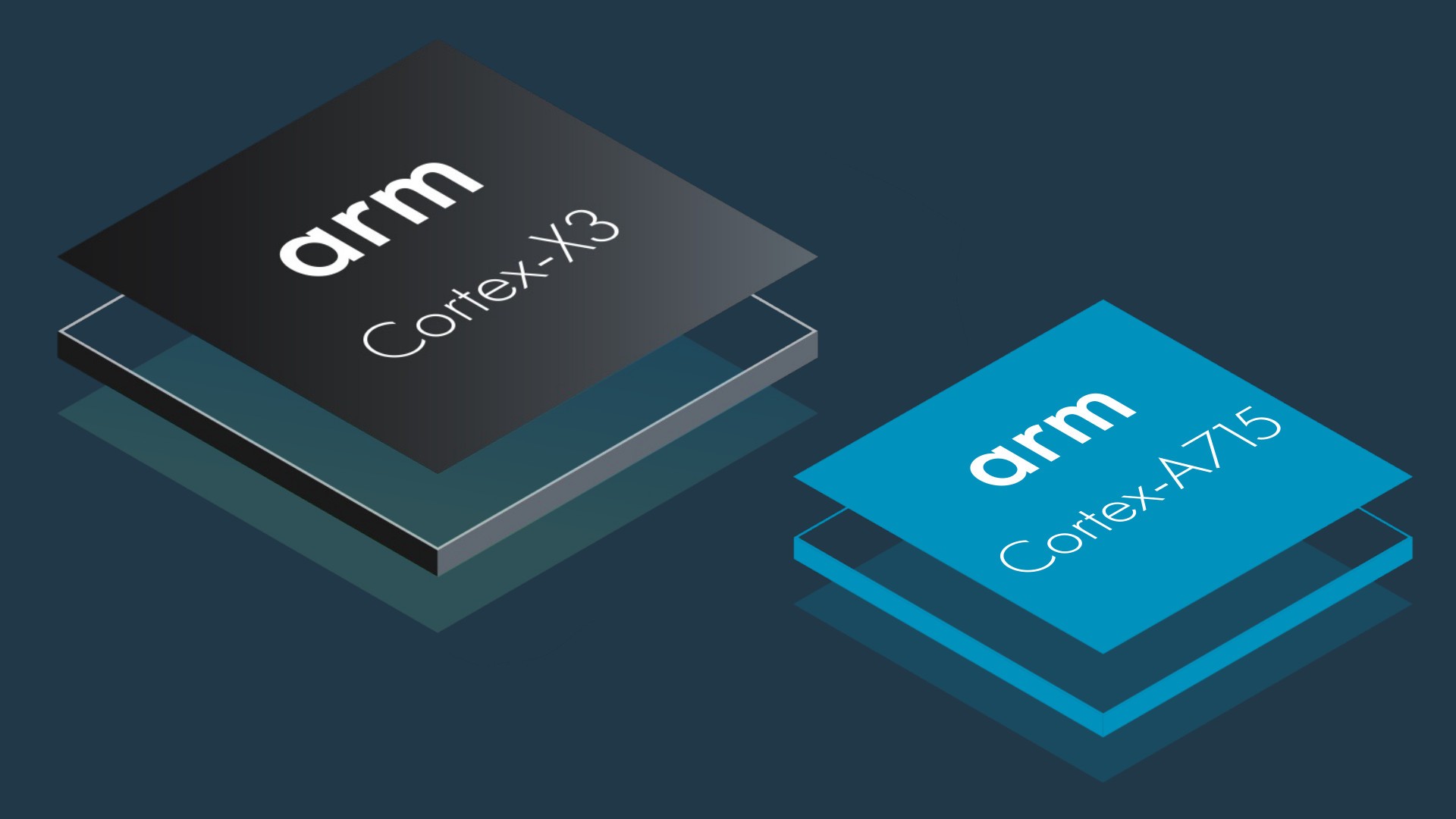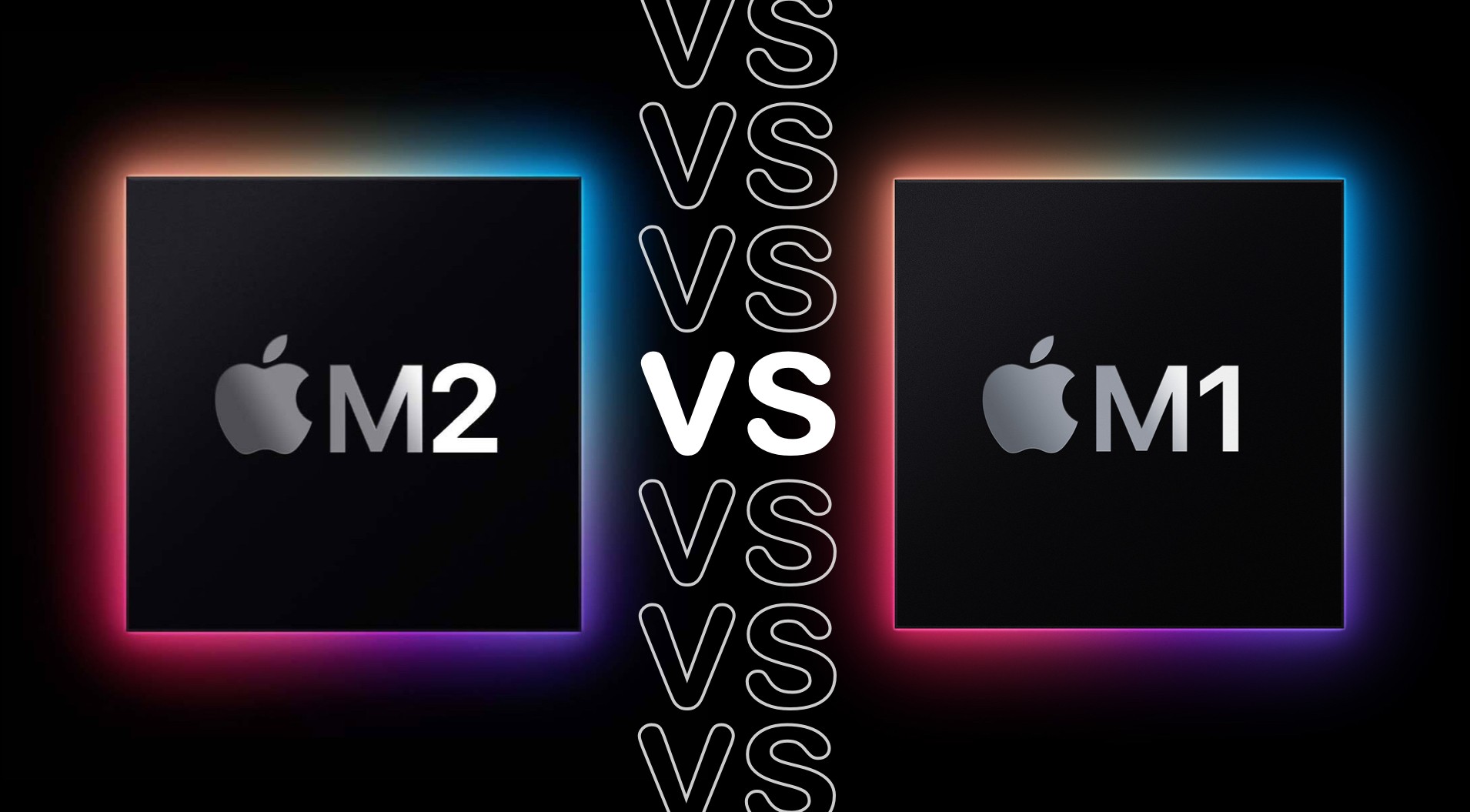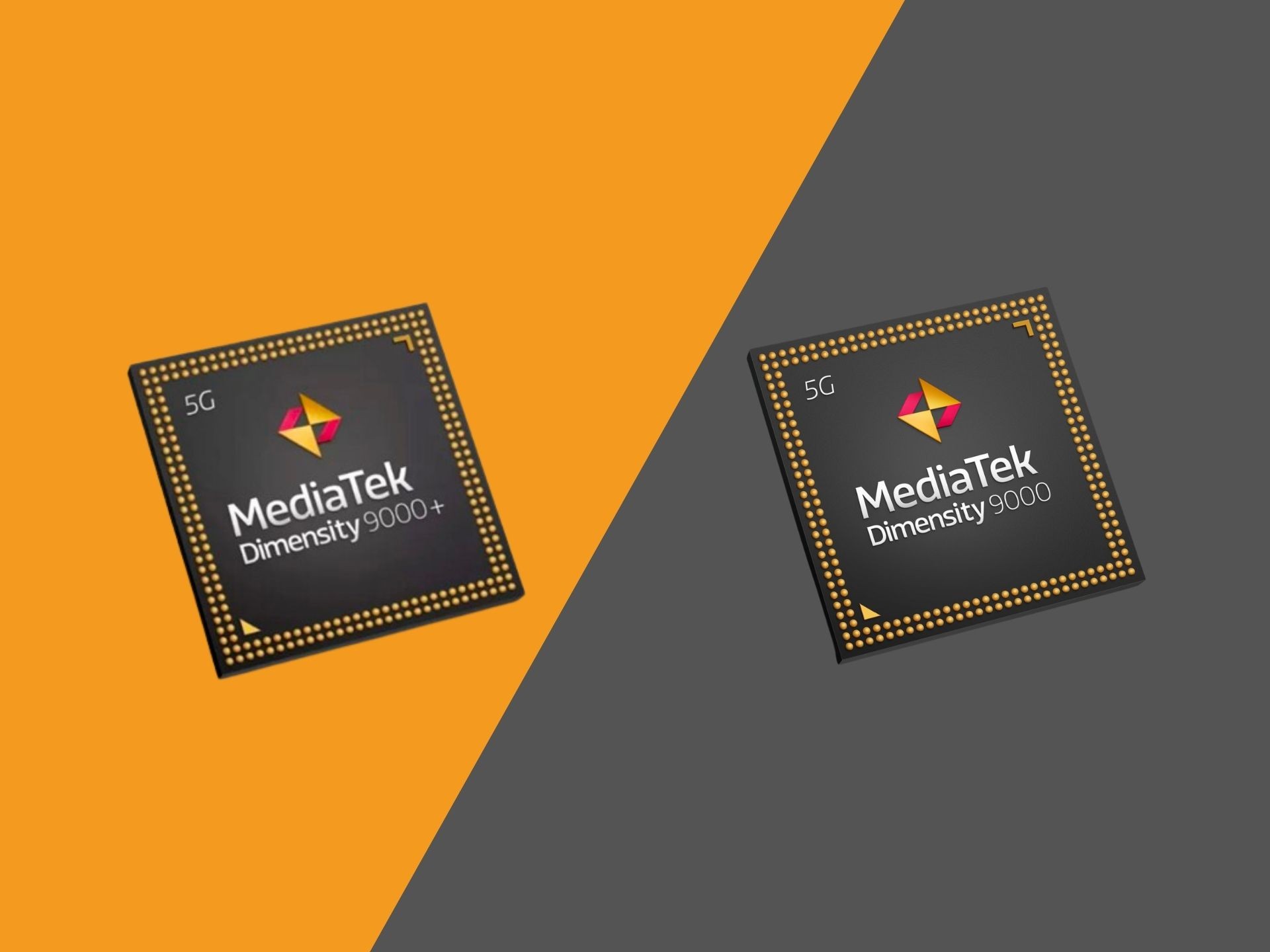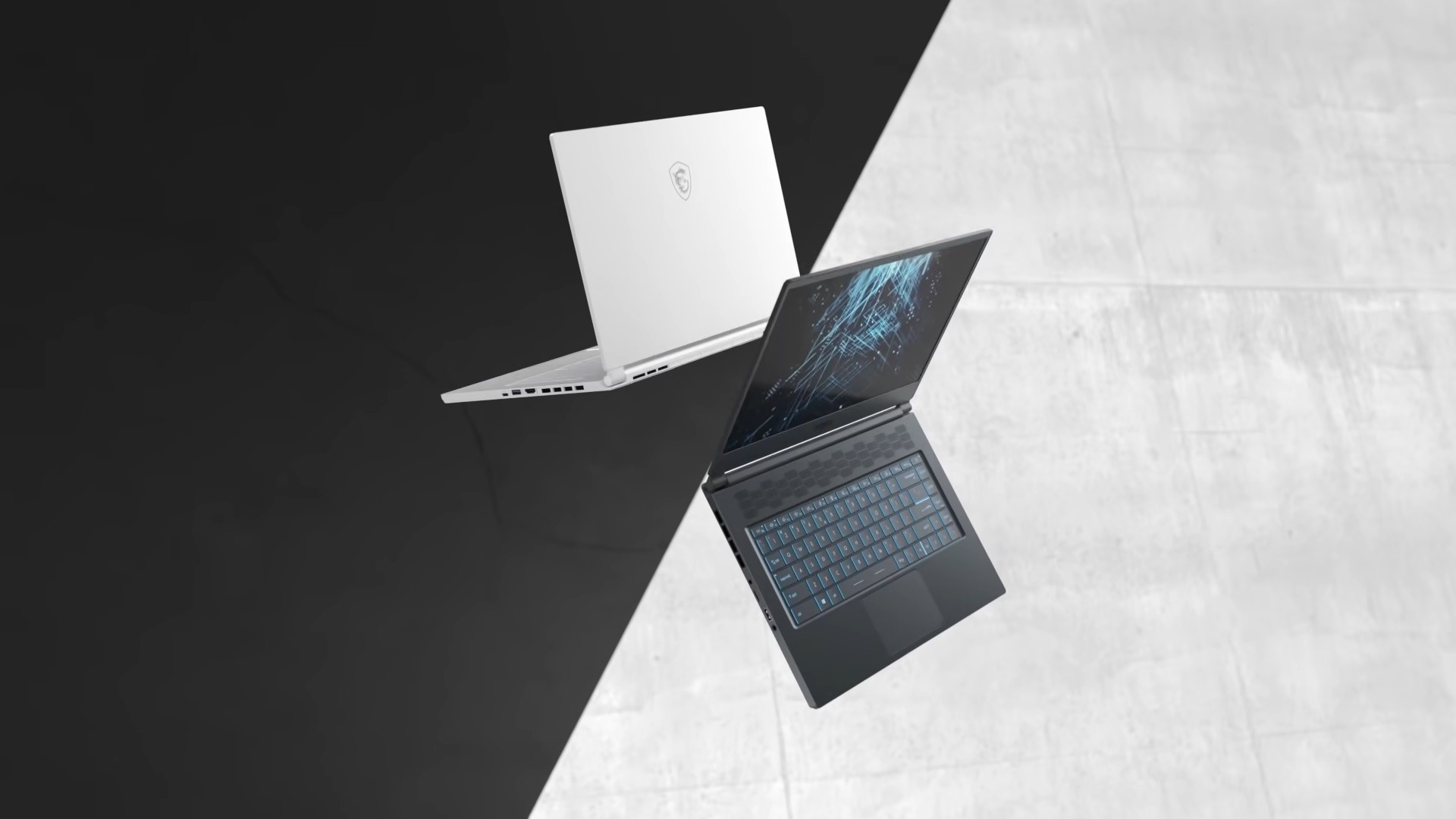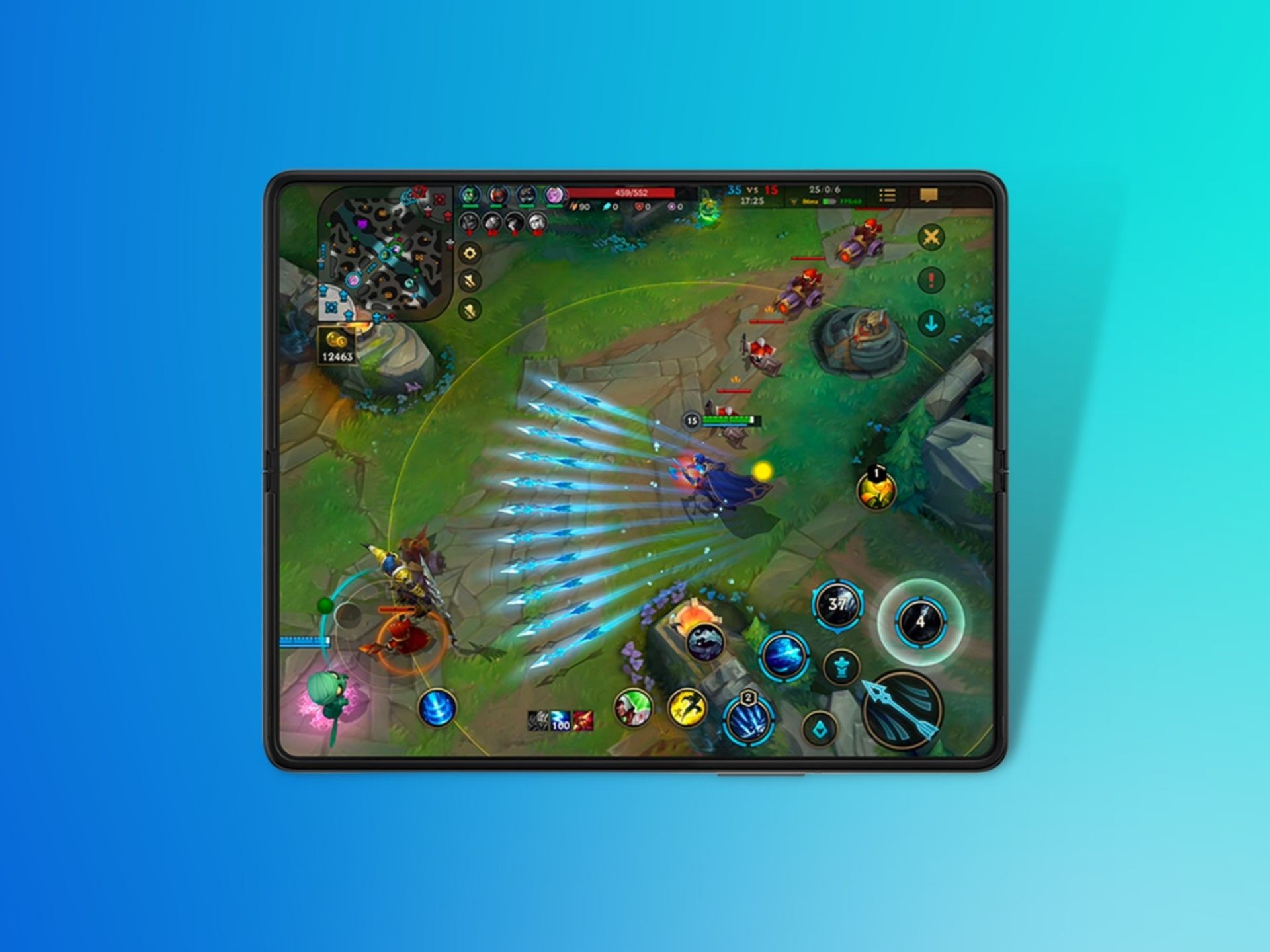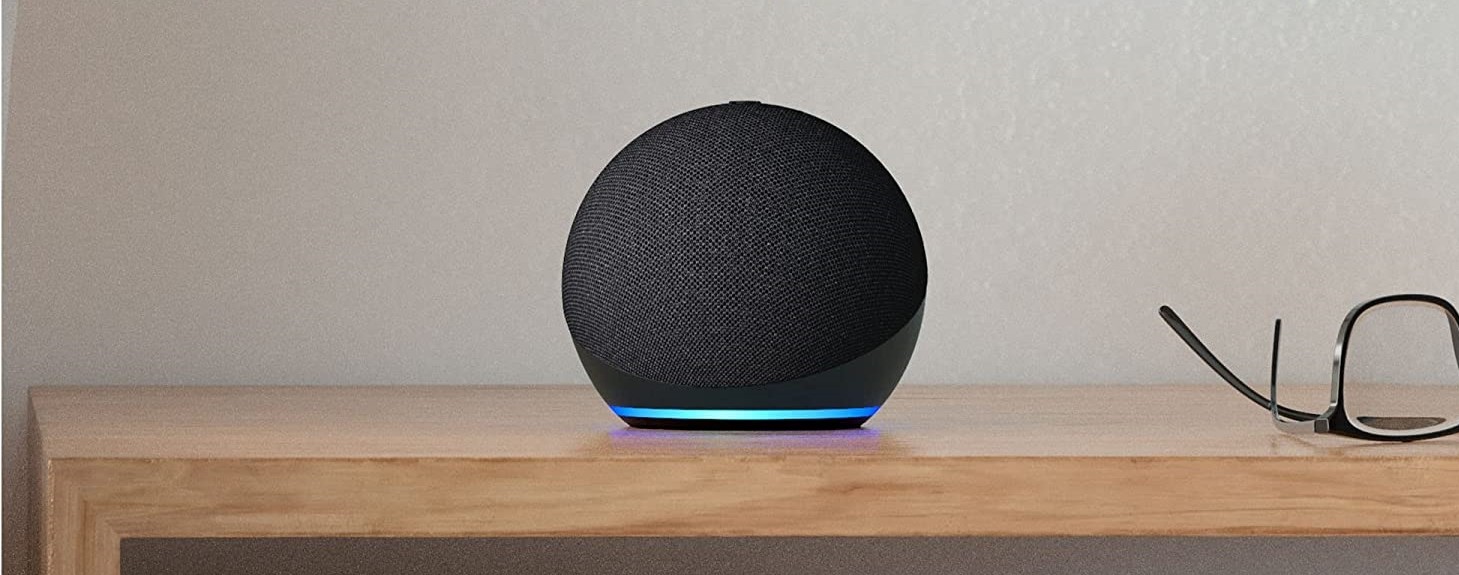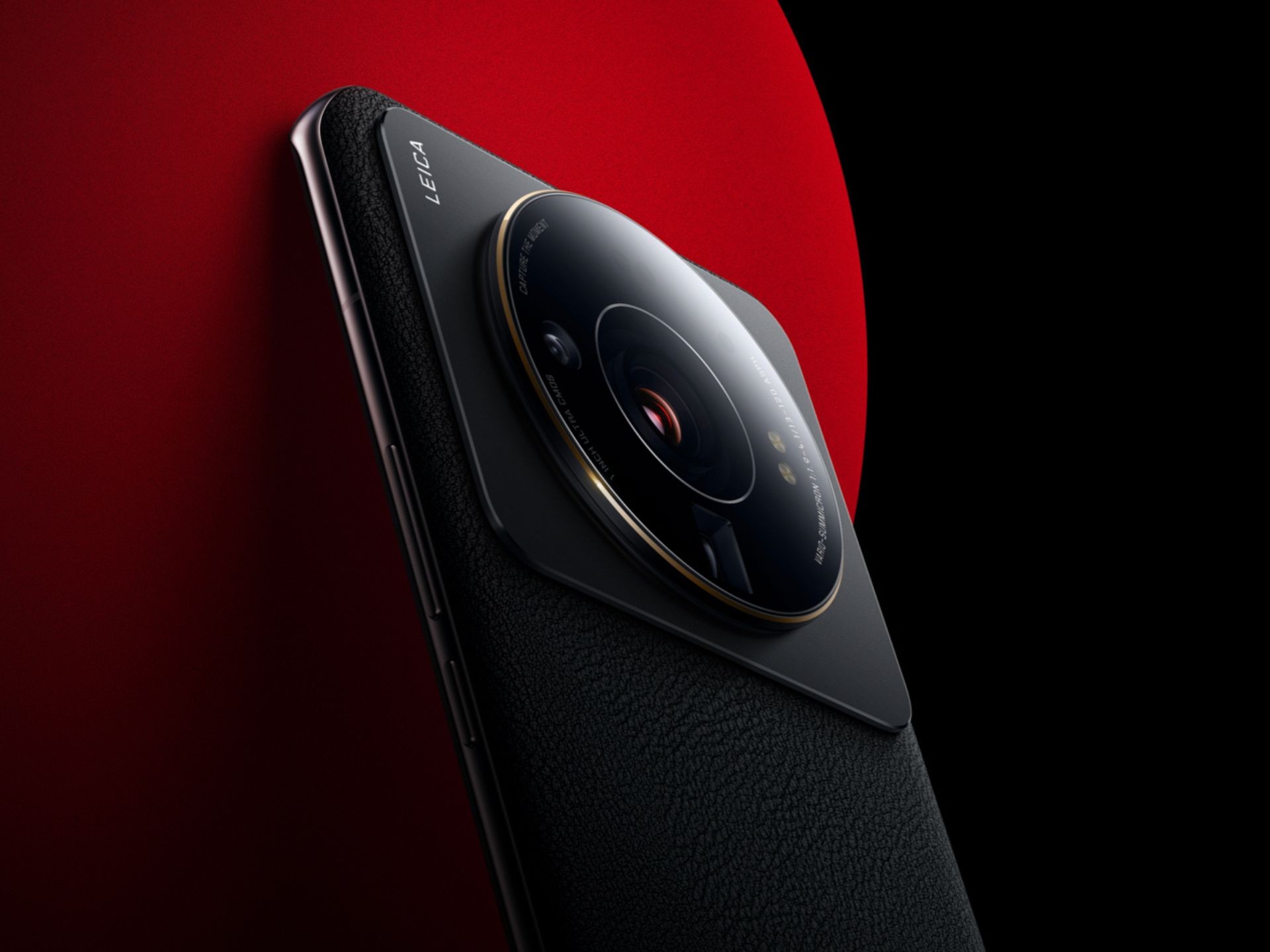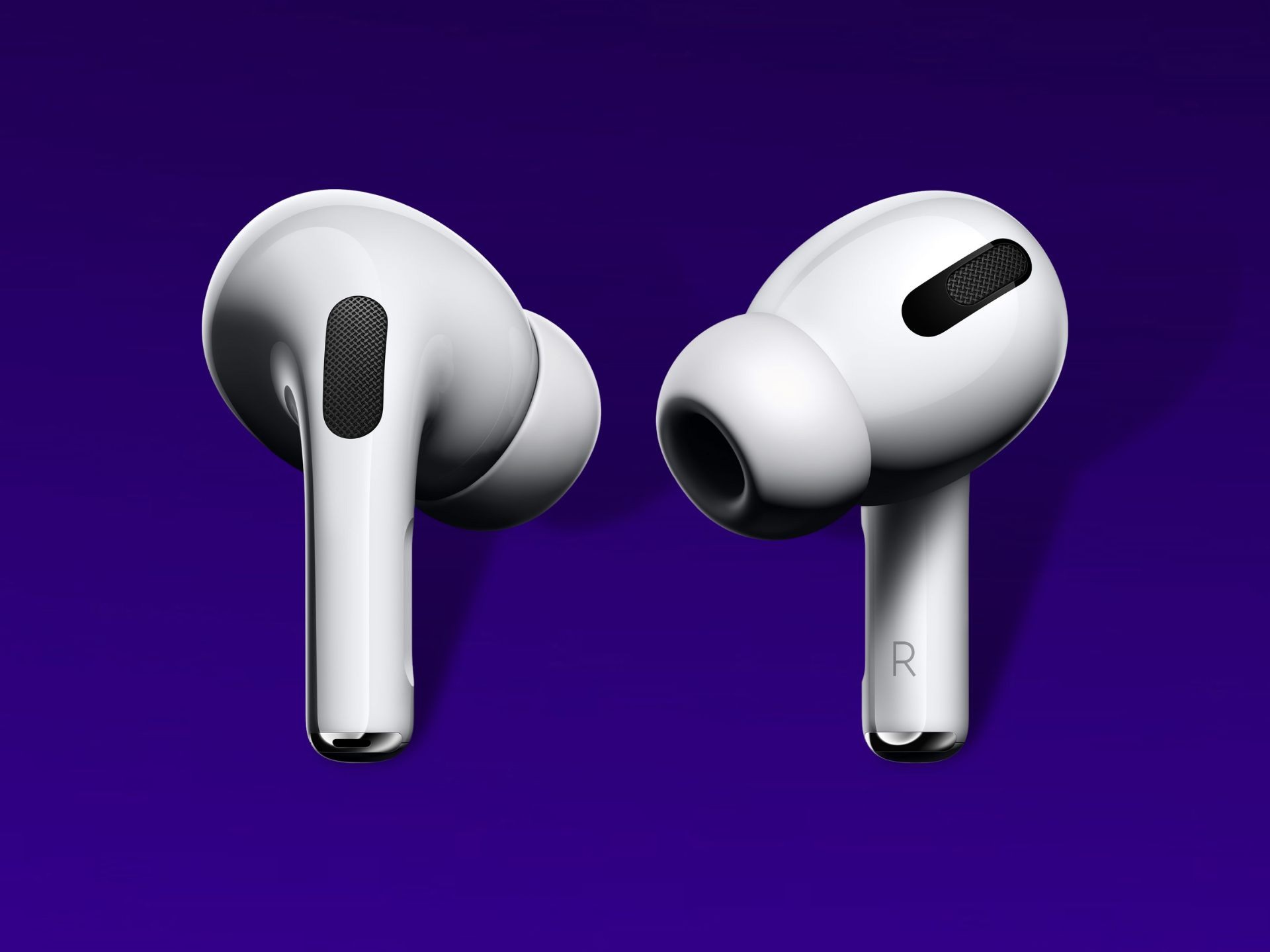What is Wi-Fi 7 802.11be and do we really need it?

For the past few years, Wi-Fi technology has been pushing its boundaries. While most of us rely on Wi-Fi 5 for our day-to-day use, the Wi-Fi Alliance has already rolled out two Wi-Fi versions, 6 and 6E, in the past three years alone. What's more, Wi-Fi Alliance is already working with companies like Qualcomm and MediaTek on the next generation of Wi-Fi standard known as IEEE 802.11be, or commonly called Wi-Fi 7. But what is Wi-Fi 7 802.11be? Do we really need it? Read along and learn more about the upcoming Wi-Fi standard.
What is Wi-Fi 7? When will it be available?
In simple terms, Wi-Fi 7 is the next generation of Wi-Fi technology after Wi-Fi 6E. Like every other Wi-Fi version has a technical IEEE term, Wi-Fi 7 has been given the term IEEE 802.11be EHT, in which EHT stands for Extremely High Throughput. The technology is currently being worked on and is not yet available anywhere in the world. As per the IEEE's research paper on the current status of the development of 802.11be wireless communication standard, Wi-Fi 7 will only be available in mid-2024.
Even though the technology is a couple of years away right now, a lot of features and advancements that we can expect from Wi-Fi 7 have already been revealed. However, since the technology is being developed right now, these features are subject to change. Let's now look at the key features we can expect from Wi-Fi 7.

Wi-Fi 7: Key Features and Advancements
Faster Speeds: Adhering to the "Extremely High Throughput" moniker, Wi-Fi 7 promises speeds up to 30 Gbps. This is almost three times the maximum speed offered by the Wi-Fi 6E standard, i.e., 9.6 Gbps. Thanks to the tripled Wi-Fi speeds, many industry professionals are of the opinion that Wi-Fi 7 could 'realistically' replace Ethernet and wired internet connections.
Full use of 6GHz bandwidth and less interference: Wi-Fi 7 will use a number of tricks to improve the speed and overall performance. The IEEE 802.11be EHT will finally make use of the full 6 GHz band that first came with the Wi-Fi 6E standard. Moreover, Wi-Fi 7 will use 320 MHz single-channel bandwidth, up from 160 MHz in Wi-Fi 6E, resulting in increased speed and more 'space' for your device.
Low latency: Thanks to the full use of the 6GHz band, the internet devices connected to your Wi-Fi router will not interfere with each other anymore. In simple terms, your devices will have more space, and thus, they won't compete with each other for faster internet. In addition to the use of a 6GHz Wi-Fi band, Multi-Link Operation (MLO) technology will allow devices to be kept online using multiple active bands at the same time. As a result of all this, Wi-Fi 7 should virtually offer no delay at all.
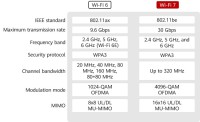
Better and faster mesh Wi-Fi systems: IEEE 802.11be will also reportedly bring better coordination between access points, which in simple terms means that we can expect even better Wi-Fi mesh systems when Wi-Fi 7 is here. The idea is to provide users with as fast internet as possible without the user noticing any change in the Wi-Fi connection, even when they're roaming.
Backward compatibility: Newer Wi-Fi standard doesn't mean your old devices will become obsolete. Instead, the current IEEE draft on Wi-Fi standard states that all the currently support Wi-Fi devices, from 2.4GHz to 6GHz, will be supported in Wi-Fi 7. Your device will be able to connect to a Wi-Fi 7 router without any issue, even if it doesn't natively support the new Wi-Fi standard.
So, do we really need Wi-Fi 7?
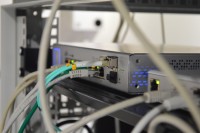
All the advancements and features of Wi-Fi 7 sound very interesting, but then it begs the question: Do we really need Wi-Fi 7? The answer? Yes and no. Well, in the current scenario, Wi-Fi 6E is more than enough for residential and office use. I can't really think of a scenario (right now) wherein you would require a 30 Gbps connection unless you're running a small-scale data center in your house.
Wi-Fi 6E can deliver speeds of up to 9.6 Gbps which is almost the speed of the fastest commercially available Ethernet cable. The standard can probably handle everything you throw at it right now. However, with the increasing number of devices in our daily lives, such as smartwatches, IoT products, and whatnot, and many future AR, VR, and MR products in the pipeline, Wi-Fi 7 will eventually be a requirement for all of us.
The world where your Wi-Fi 7 connected smartwatch will be able to control your 5G-connected car sounds very unreal right now, but it's the direction we're moving in, and the Wi-Fi Alliance group is making sure that the network infrastructure is ready for it.

